James-Webb: 1989, history and nebulae
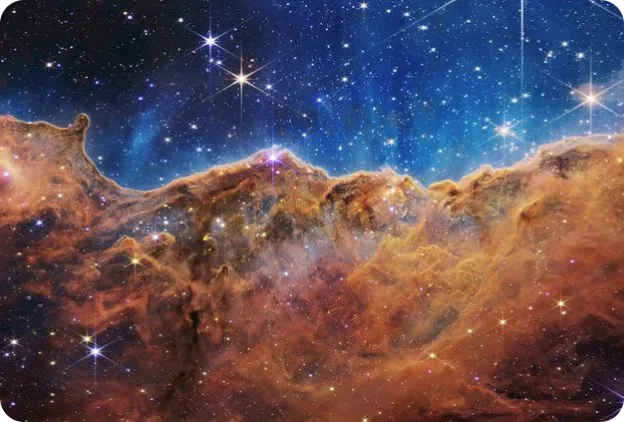
In December 2021, the space telescope is sent to 1.5 million km from Earth.
This telescope, contrary to the terrestrial optical telescopes like GranTeCan or the W. M. Keck observatory is not disturbed by the Earth's atmosphere and therefore does not have any distortion of the light rays.
On July 11, 2022, NASA receives the first image made by the telescope after more than 12 hours of exposure and the use of six filters.
What will be all the discoveries and scientific contributions that these tools can allow us? Will we ever have the chance to understand how it all began and where we are headed?
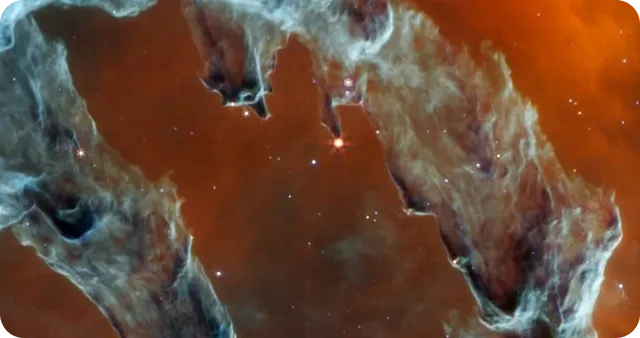
The beginning of the project
As early as 1989, preliminary studies were conducted for a space telescope program that was to be the successor to the telescope launched the following year: Hubble.
The program was scheduled to launch James-Webb in 2005.
Unfortunately, technical problems with Hubble and budget cuts are delaying the telescope studies.
In 1995, the first sketches and artist's views of the telescope are made with a mirror of 8m diameter, later this diameter is reduced to 6m to reduce the cost of the device already out of budget.
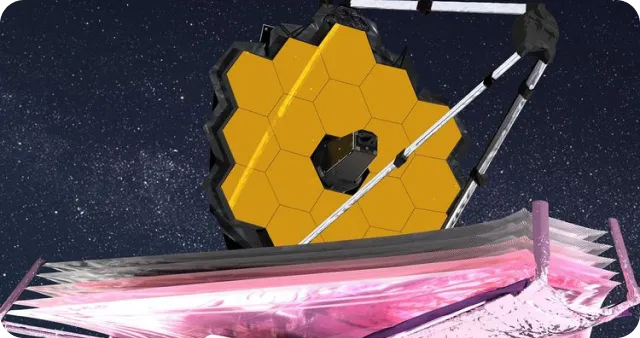
From 2001 to 2008, it is the general design of the telescope which is produced. The launcher will be Ariane 5 (ESA). The official name of the telescope is given at the same time. The design of the telescope begins after this phase.
In 2011, the mirror is completed, 6 years later it is the whole device that is completed, and the first tests are conducted.
All this with the aim of searching for the first post-Big Bang appearances.
The telescope since the XVIITH century
In 1608, a Dutchman by the name of Hans Lippershey decided to look through an appropriate combination of lenses and described what he saw as "one can see distant things as if they were near".
After him, many tried his method and in 1609, Galileo was the first to use this invention to observe the sky and the stars.
Thanks to him, we were able to discover the moons of Jupiter, the craters of our moon or even see that the sun turned on itself.
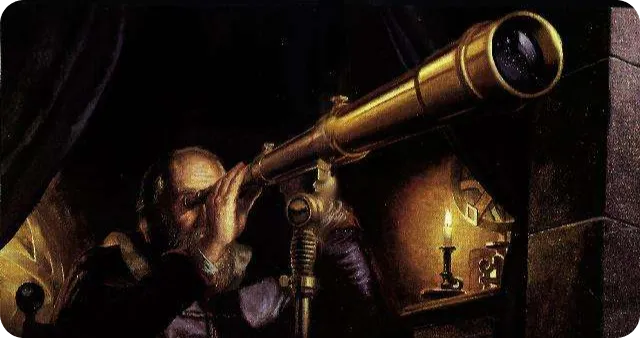
In 1666, Isaac Newton discovered that concave mirrors reflected light rays better than rounded glasses.
Nebula, nebulae…
Before 1920, the term nebula was used to name celestial objects with a diffuse appearance, but E. Hubble demonstrated that these objects were in fact galaxies, but seen with the poor-quality cameras of the time
Since then, nebulae are celestial objects composed of gas, plasma, or dust.
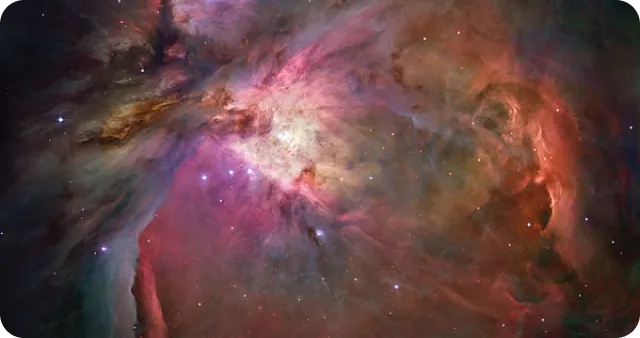
They have a key role in the birth of stars.
The latter, under the effect of gravity can form star systems or, from a solar nebula, make a system with a sun like ours currently.
Six types of nebulae exist: planetary nebulae, supernova remnants, Wolf-Rayet bubbles, HII regions, reflection nebulae and dark nebulae.